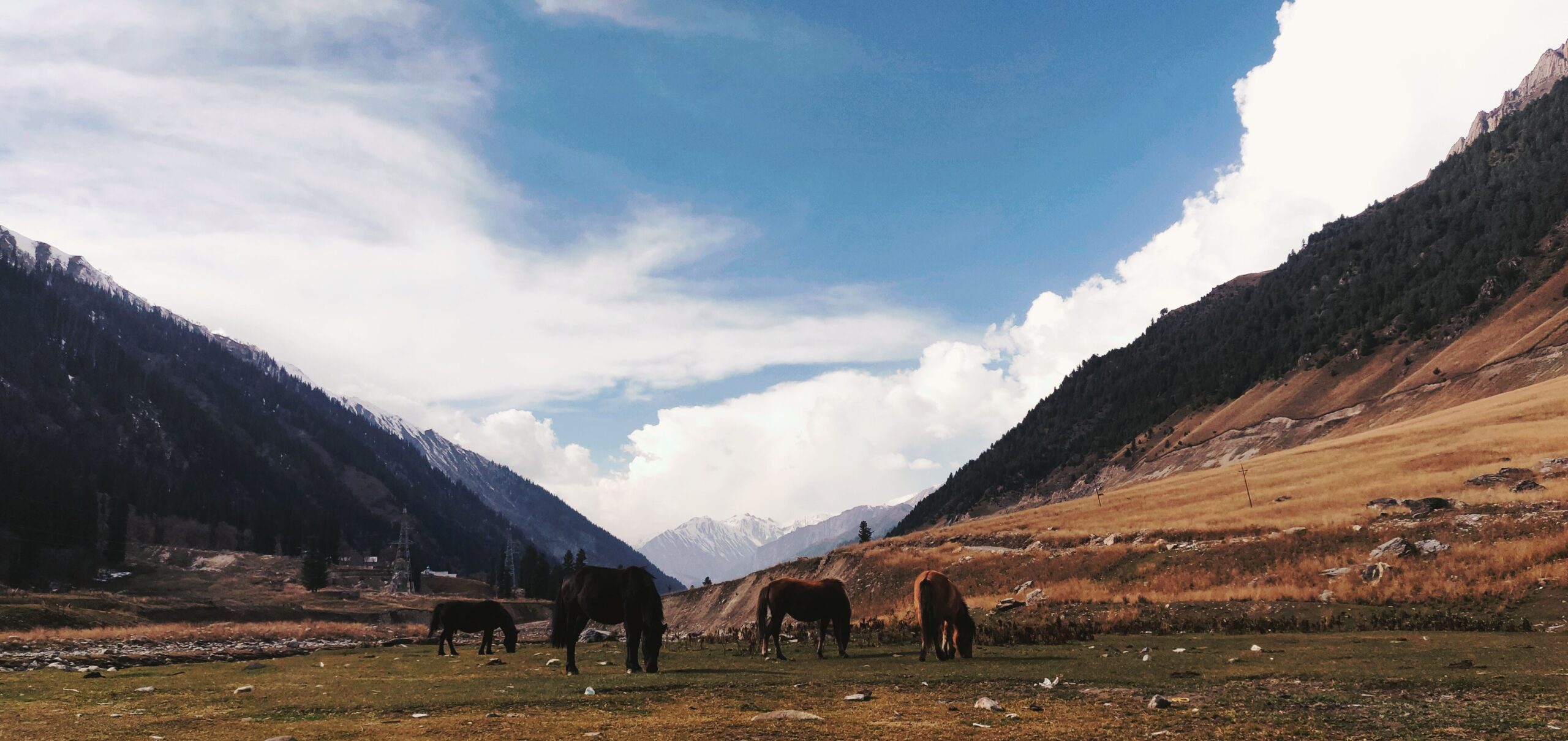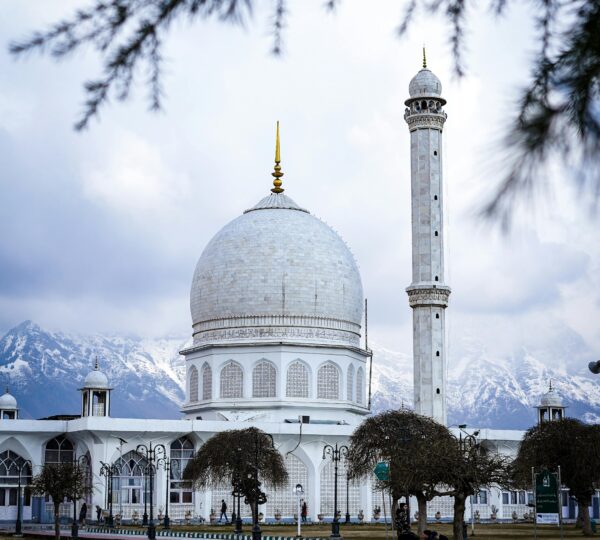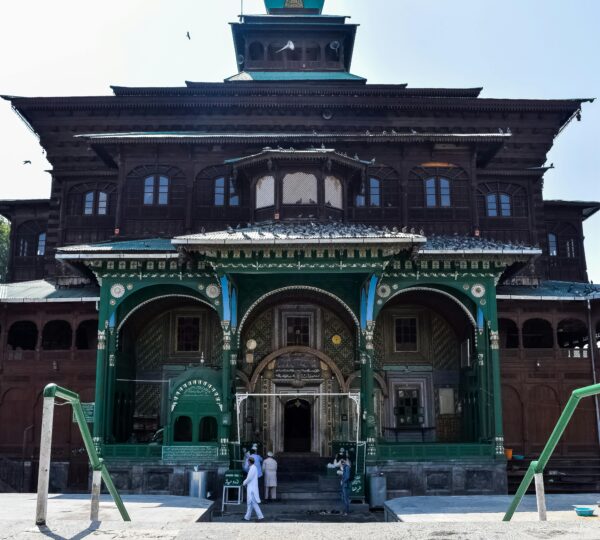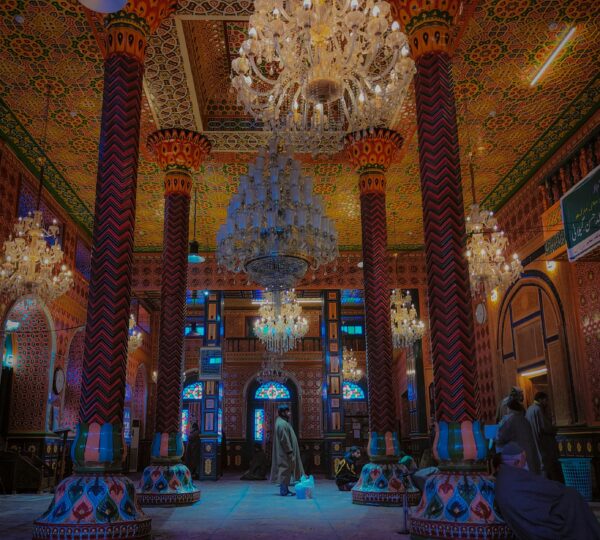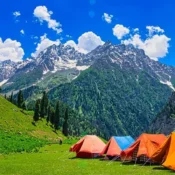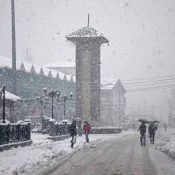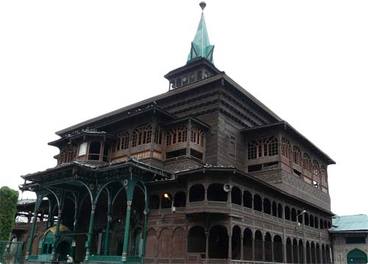
Shrines in Kashmir
Muslim Shrines in Kashmir: A Tapestry of Spiritual Heritage
Kashmir, often referred to as “Paradise on Earth,” is renowned for its breathtaking landscapes, pristine lakes, and snow-capped mountains. Yet, beneath this scenic splendor lies another facet of the region’s identity—the rich and vibrant tapestry of Muslim shrines that have played a pivotal role in shaping the cultural and spiritual landscape of Kashmir. This article embarks on a comprehensive journey through the Muslim shrines of Kashmir, shedding light on their history, significance, and enduring influence.
Introduction: The Spiritual Heart of Kashmir
Nestled in the northernmost region of India, Kashmir has a unique cultural and religious heritage that spans millennia. Its history is deeply intertwined with the spread of Islam in the Indian subcontinent. While Kashmir was already a land of diverse religious and spiritual traditions, the advent of Islam brought about a transformation that gave birth to a unique blend of Sufi mysticism and local spirituality.
Muslim shrines in Kashmir are not merely religious landmarks; they are living repositories of the region’s spiritual and cultural history. These shrines are often characterized by their stunning architecture, serene surroundings, and an atmosphere of devotion that transcends time and place.
The Sufi Influence: Mysticism in the Vale of Kashmir
Sufism, the mystical dimension of Islam, found fertile ground in the Vale of Kashmir. Sufi saints and scholars flocked to this region, drawn by its natural beauty and the spiritual resonance it offered. They played a pivotal role in spreading the message of Islam and nurturing the spiritual consciousness of the local populace.
One of the most revered Sufi saints in Kashmir’s history is Sheikh Noor-ud-din Noorani, also known as Sheikh-ul-Alam. His teachings, poetry, and spiritual insights continue to inspire generations of Kashmiris. The shrine of Sheikh-ul-Alam in Charar-e-Sharif, with its iconic wooden structure and deep spiritual significance, stands as a testament to his enduring influence.
Kashmir’s Architectural Marvels: The Shrines
Kashmir’s Muslim shrines exhibit a remarkable blend of indigenous architectural styles and Islamic aesthetics. They are not just places of worship but also architectural marvels that reflect the cultural synthesis that has defined the region for centuries.
*1. Shah Hamdan’s Shrine: The shrine of Mir Syed Ali Hamdani, known as Shah Hamdan, is an architectural gem situated in the heart of Srinagar. Its wooden structure, adorned with intricate Persian and Kashmiri designs, is a testament to the craftsmanship of the region. The shrine attracts devotees and tourists alike, serving as a symbol of unity and spirituality.
*2. Dastgeer Sahib Shrine: Located in Srinagar, the Dastgeer Sahib Shrine is dedicated to Sheikh Syed Abdul Qadir Jilani, a prominent Sufi saint. The shrine’s architecture combines Islamic and Kashmiri styles, featuring magnificent wooden carvings and an ambiance of deep spirituality.
*3. Makhdoom Sahib Shrine: Situated in Srinagar’s Old City, the shrine of Makhdoom Sahib is dedicated to Sheikh Noor-ud-din Noorani, the revered Sufi saint mentioned earlier. The shrine’s architecture is a testament to the region’s rich heritage, with its wooden construction and stunning craftsmanship.
*4. Hazratbal Shrine: Overlooking the picturesque Dal Lake, the Hazratbal Shrine is a significant religious site. It houses a relic believed to be the hair of the Prophet Muhammad, making it a revered place of pilgrimage for Muslims in the region. The pristine white marble structure reflects a blend of Islamic and Mughal architectural styles.
5. Khanqah of Shah Hamdan: The Khanqah of Shah Hamdan is another prominent shrine in Srinagar, dedicated to Mir Syed Ali Hamdani, popularly known as Shah Hamdan. It stands as a testament to Kashmiri Islamic architecture and Sufi traditions. The Khanqah has a distinct wooden structure that showcases intricate Kashmiri craftsmanship.
*6. Baba Reshi Shrine: Nestled in the charming town of Gulmarg, the Baba Reshi Shrine is dedicated to Baba Reshi, a revered Sufi saint. This shrine features Persian-style architecture and stands as a serene oasis amidst the lush green meadows of Gulmarg. It attracts both devotees and tourists seeking spiritual solace in nature’s embrace.
*7. Baba Shukurdin Shrine: Located in the town watlab in Sopore, the Baba Shukurdin Shrine is dedicated to Baba Shukurdin, a saint known for his piety and asceticism. The shrine’s architecture is a testament to Kashmiri wooden craftsmanship and is surrounded by picturesque landscapes, making it a peaceful retreat for seekers of spirituality.
Spiritual Significance: Pilgrimage and Devotion
These shrines are not only architectural wonders but also spiritual hubs that draw devotees from across the region and beyond. Pilgrims undertake arduous journeys to seek blessings, guidance, and solace in the hallowed precincts of these shrines.
The pilgrimage to these shrines is often a transformative experience. Devotees, irrespective of their backgrounds, come seeking not only spiritual fulfillment but also a connection to the cultural heritage of Kashmir. The rituals and practices associated with these shrines serve as a powerful reminder of the syncretic nature of Kashmiri society, where spirituality transcends religious boundaries.
Cultural Significance: Celebrations and Festivals
The Muslim shrines of Kashmir are not just places of worship; they are also centers of cultural celebrations and festivals. These festivals bring together people of different faiths, fostering communal harmony and mutual respect.
*1. Urs Festivals: Urs, meaning “wedding” in Arabic, are annual festivals commemorating the death anniversary of Sufi saints. These festivals are marked by special prayers, Qawwali performances, and the distribution of food to devotees. The Urs of Sheikh Noor-ud-din Noorani, Shah Hamdan, and other saints are celebrated with great fervor and are attended by people from various religious backgrounds.
*2. Eid Celebrations: Eid-ul-Fitr and Eid-ul-Adha, the two major Muslim festivals, are celebrated with immense enthusiasm in Kashmir. Muslims from all walks of life gather at the shrines to offer special prayers and seek blessings. The festive atmosphere extends beyond the Muslim community, with people of all faiths joining in the celebrations.
The Struggle for Preservation: Challenges and Resilience
The Muslim shrines of Kashmir, like the region itself, have not been untouched by the political and social challenges that have plagued the area for decades. Conflict and instability have at times disrupted the peaceful coexistence that once characterized the region.
However, the resilience of the Kashmiri people and their commitment to preserving their cultural and religious heritage have remained unwavering. Despite the challenges, these shrines continue to stand as beacons of hope, fostering dialogue, spirituality, and unity among the diverse communities of Kashmir.
Conclusion: Guardians of Kashmir’s Soul
In conclusion, the Muslim shrines of Kashmir are not mere architectural marvels or places of religious worship; they are the custodians of Kashmir’s soul. They encapsulate the region’s rich and diverse history, its spiritual quest, and its enduring cultural heritage. These shrines serve as bridges, connecting people across faiths and communities, and promoting the message of peace and harmony.
As Kashmir continues to navigate its complex socio-political landscape, these shrines remain steadfast, offering solace and hope to those who seek them. They are a reminder that amidst the challenges and conflicts, the spirit of Kashmir endures—a spirit of resilience, tolerance, and an unwavering commitment to preserving its unique identity as a cultural and spiritual crossroads
All Categories
Recent Posts
Kashmir’s Doors Reopen: Paradise Beckons Once More
Distance from Srinagar to Popular Tourist Destinations in Kashmir
Detailed Analysis: Impact on Tourism in Kashmir Post-April 22 Attack
